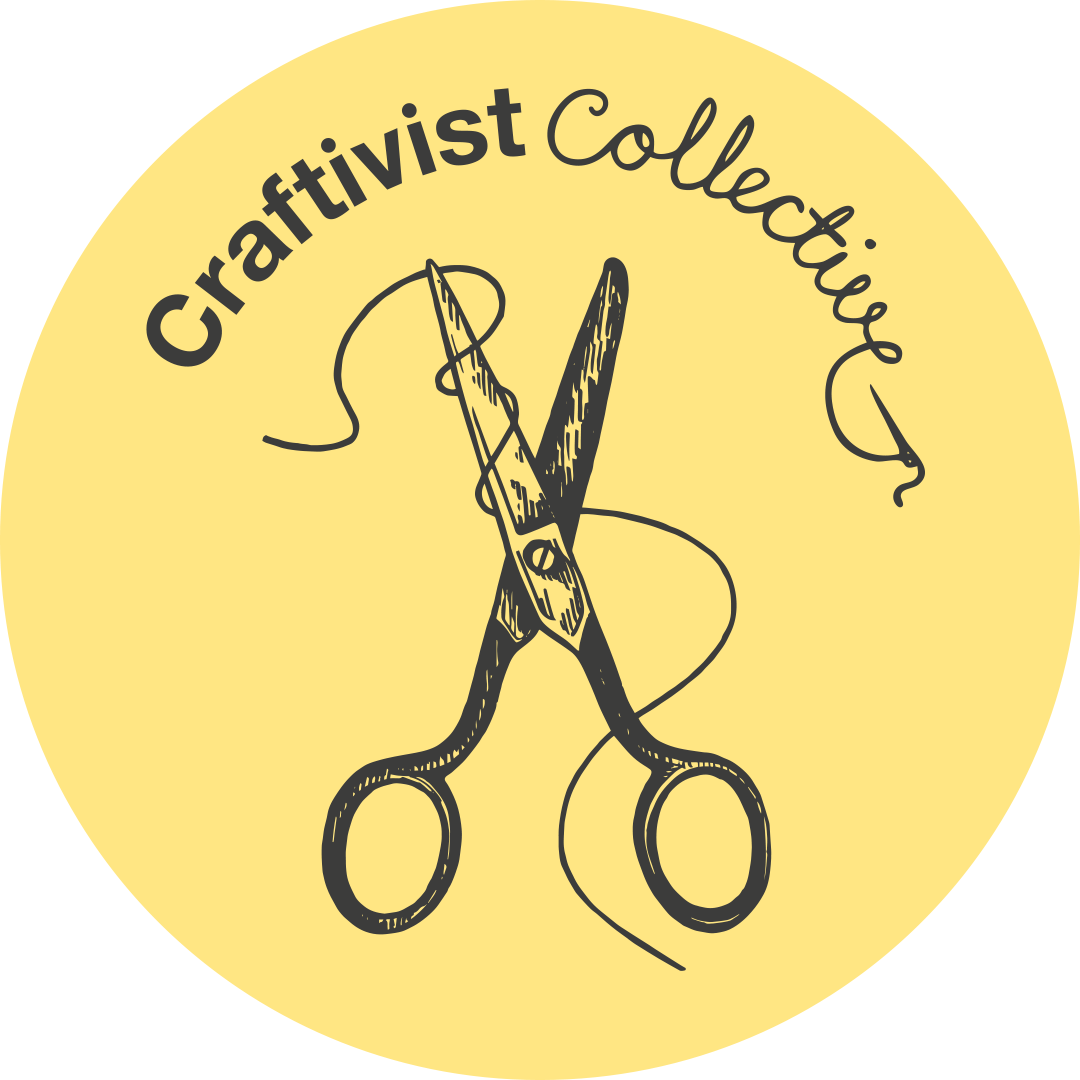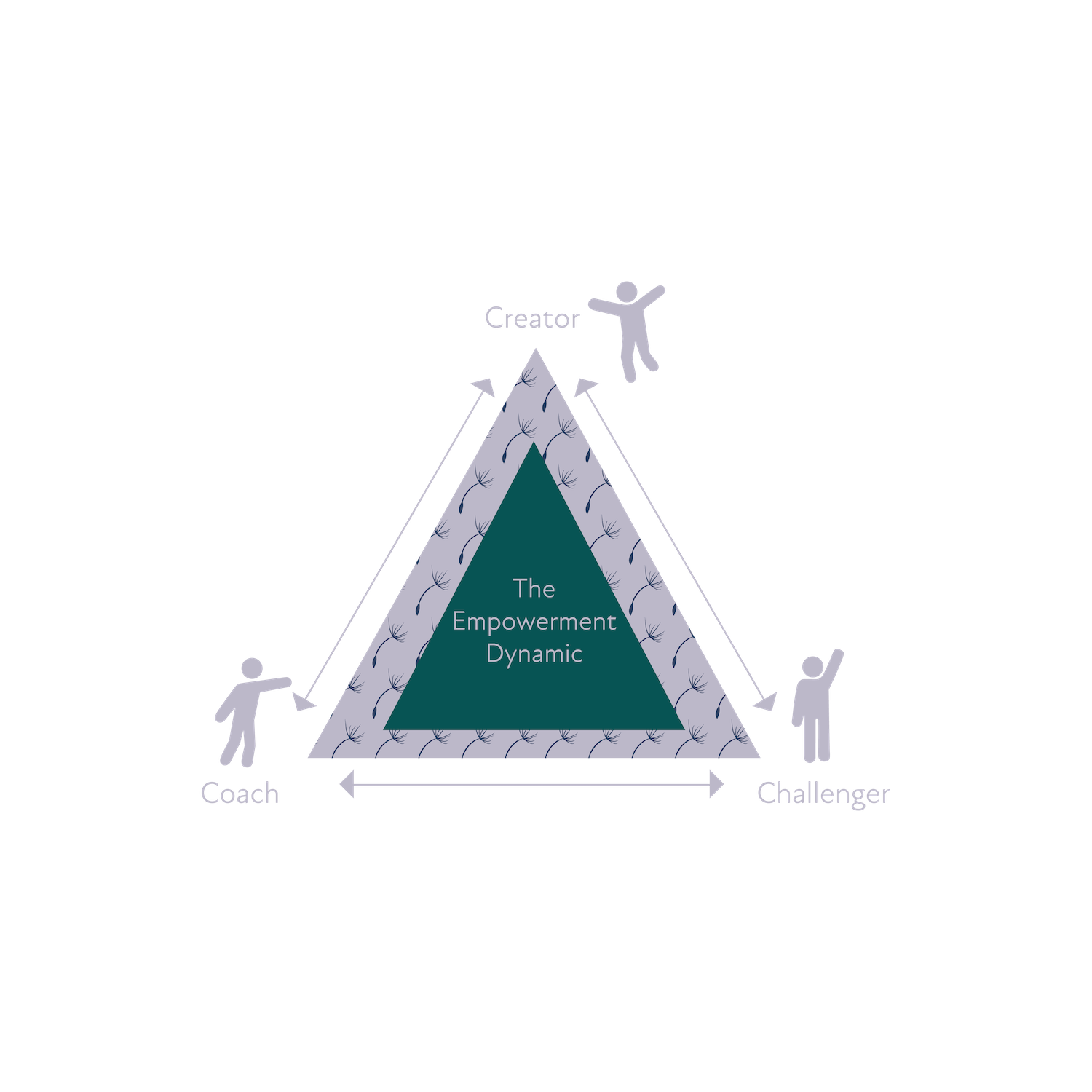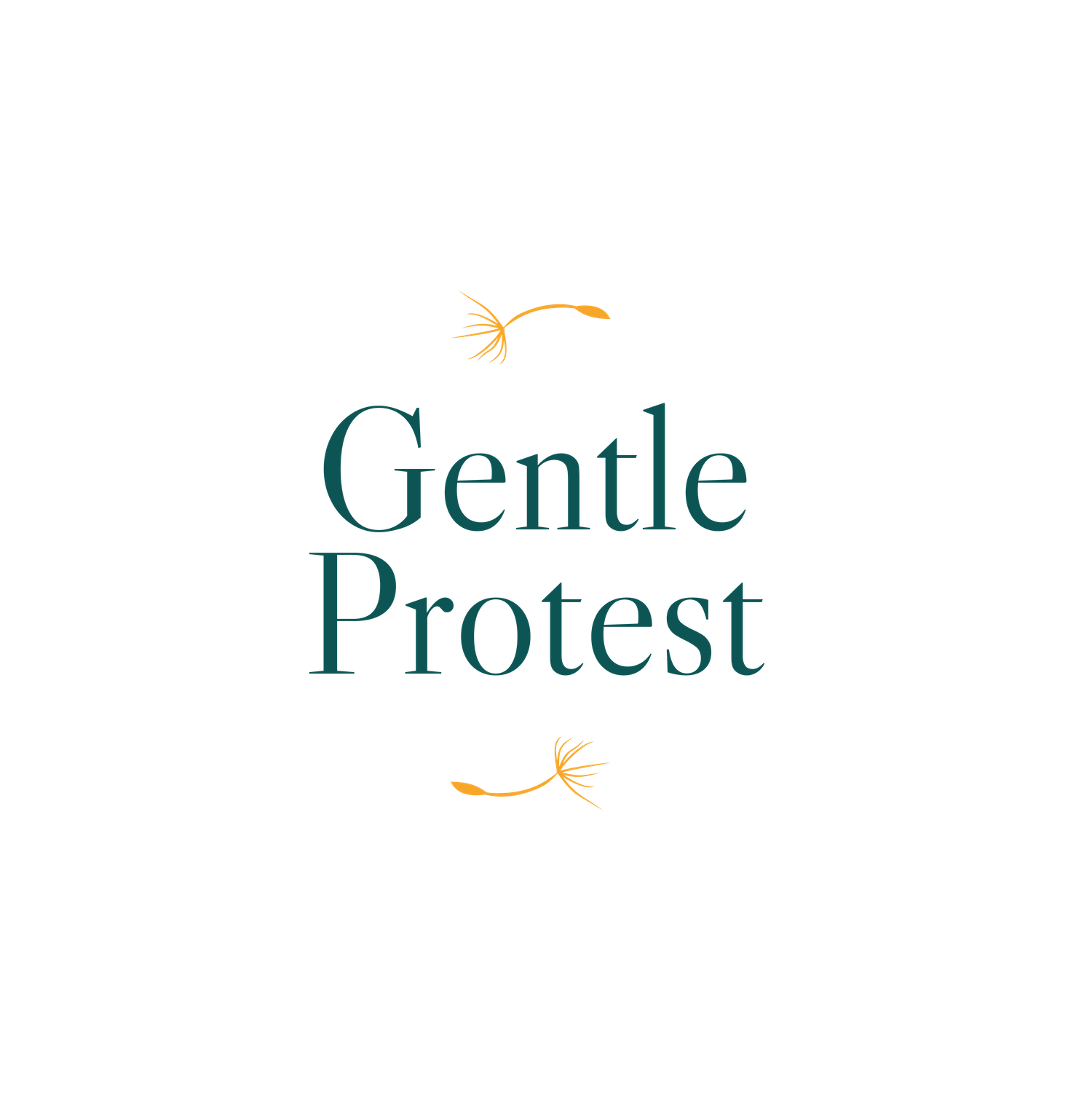The Art of Gentle Protest
What makes gentle craftivism so effective?
Since 2009, The Craftivist Collective has shown how transformational a gentle approach to protesting can be both personally and politically.
When we channel our anger and sadness at injustice and our passion for a better world into creative objects and activities, and we think carefully about how our crafted objects can be used to tackle the root causes of injustice, we can help change hearts, minds, policies and laws around the world.
Although I initially coined the term Gentle Protest to describe our approach to craftivism, I noticed how more people around the world were using the term in a way that wasn’t fulfilling its potential as an activism methodology and mindset.
So what makes our gentle craftivism so effective? What exactly is Gentle Protest?
Protests can be polarising
More In Common is a UK non-profit research institute. It’s dedicated to understanding the forces that drive us apart so we can consider how we might bring people together to tackle shared challenges. In a recent study, they found that 70% of the UK public see protests that involve civil disobedience as criminal behaviour that is too disruptive to the status quo.
A Perfect Storm: A diagram I created for my MA dissertation to show how the current environment fuels polarisation.
Across the political spectrum, there are people who care about injustice but don’t see themselves as political or don’t want to be divisive. There are parents and caregivers who feel hesitant to protest using unkind or derogatory language as it doesn’t match the values of respect and dignity that they wish to demonstrate to their children. And there are introverts (myself included) that are anxious about confrontation and get overwhelmed by large, loud crowds.
But studies show that non-violent protests that engage 3.5% of the population have never failed to bring about change. If we are to protest in a less divisive way, we need to bring more people along and expand our understanding of what protest can be.
Bouncing around The Dreaded Drama Triangle
The Dreaded Drama Triangle (DDT) is a framework used by psychologists that describes how when we face confrontation, we unconsciously default to a mindset of Victim, Perpetrator, or Rescuer.
This can lead to looping, combative interactions that make us root more deeply into our own point of view rather than staying curious to understand and encourage collaboration for positive societal change where possible.
When looking closely, many protests have elements that can be mapped onto the DDT framework. Even if we set out with good intentions, our actions can cause backlash with members of the public, fuel culture wars on social media, and be used by the media to cement an “us” versus “them” mindset.
Roles in The Dreaded Drama Triangle can trap us in destructive patterns.
Shifting to The Empowerment Dynamic
A shift in our mindset to the roles in The Empowerment Dynamic (TED) enables us to become Challengers who act as critical friends giving constructive feedback, Coaches who support others to better understand the injustice and how they can be part of the positive change needed, and Creators who focus on what actions are within their power to take with compassion, care and a robust strategy.
From this place we can begin to move from furious when we see harm, to curious to learn how to respond with love to help bring about the change we wish to see.
Gentle craftivism is just one tool in the gentle protestor’s toolkit to design protests and tactics rooted in The Empowerment Dynamic.
Imagine what we could do if we had more resources to design protests in this way.
Roles in The Empowerment Dynamic can help create agency and new possibilities.
Gentle Protest expands our understanding of what protest can be
In this profound moment of global change, we have an opportunity to apply the Gentle Protest mindset and methods in new ways beyond craftivism to empower all types of people to be kind, effective changemakers in their own contexts.
By designing protests that are routed in The Empowerment Dynamic we have the chance to welcome more people in and practise soft power to positively influence change. Gentle Protest methods and its mindset aren’t meant to replace existing thoughtful protests. It’s about seeing where gentleness can be used more to strengthen protests with a mindful response, compassion for others and be delivered carefully to bring about collective progress not activist burnout.
If more people understood this process, then we could begin to shift the narrative, mitigate polarisation in our protests, and invite more people to protest in a way that treats people with love, kindness and humility.
In this profound moment of global change, we have an opportunity to apply the Gentle Protest mindset and methods in new ways to empower all types of people to do kind, effective changemaking.
We need 150 new patrons to help Gentle Protest take root and flourish. Pledge your support from just £1 today.





